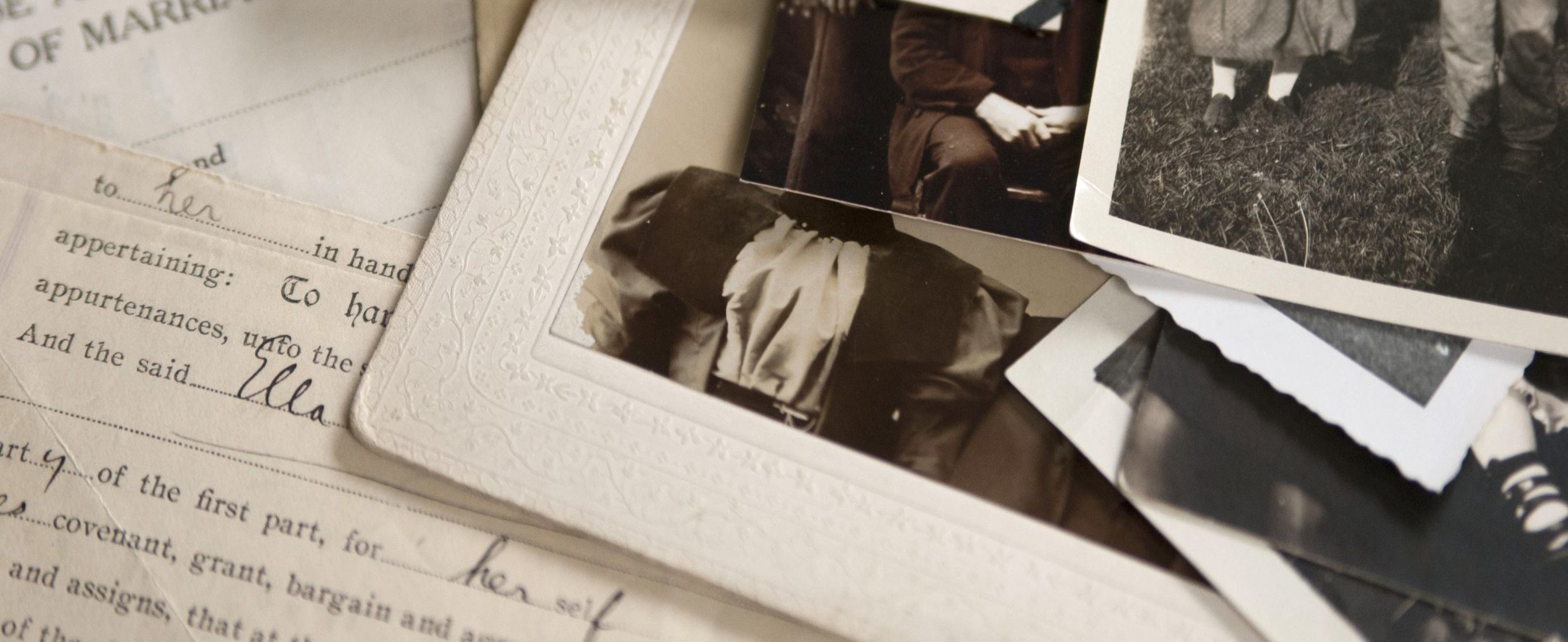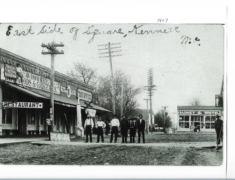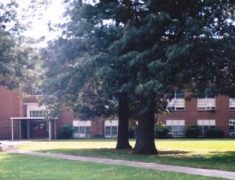A few days ago as I looked back through some old issues of our Dunklin County Genealogical Society newsletters I came across an article about the Blankenship Family. Although it was printed a few years ago in our newsletter, I felt it was worth sharing again. The article reminded me of the stories I heard and read about the area between Kennett and Caruthersville around the late 1800’s and early 1900’s.
The following article is taken from the Dunklin County Genealogical Society Newsletter Volume 35 No 1, January 2014. It was submitted by Bill and Jackie Blankenship.
Lloyd Abe “Mr. Abe” Blankenship came to Missouri about 1929 from Hooker’s Bend in Hardin County, Tennessee. He and his family moved to Tennessee from the southern part of Illniois. They were farmers and farmed land next to the Tennessee River. When he came to Missouri, he crossed the Mississippi River at Cotton Wood Point, then to Maplewood on to Braggadocio and got on the railroad track at the curve at Deering, Missouri, going to the area southwest of Gobler, Missouri, toward Rives, Missouri.
He had read an ad in the newspaper stating land in Missouri for sale for $1.00 per acre. He told his wife, Bertie, “I have to have some of that fine cypress land.” He came to Missouri and purchased at least 540 acres of that fine cypress land. He brought his sons, Harry, Lloyd, Corny, Tom, Bill and other helpers from Tennessee to begin clearing the land. They lived in tents as they began to clear the land. Mr. Abe was their chief cook and kept them going. The cypress trees were so large that two men using a cross cut saw could not see each other for the size of the tree — maybe 5 feet across.
Mr. Knoblet ran the sawmill to cut lumber. They used the big logs to cut the shingles for the barns. The smaller cypress trees were cut and part of the logs were used to build the barns and others were sawed into lumber to build a store which later was used as a house. He kept mules in an area fenced with barbed wire and mosquitoes were so bad mules could hardly manage. They would build fires for smoke to help fend off mosquitoes. Chickens roosting constantly moved their feet trying to move mosquitoes. Mosquitoes in early clearing were horrible.
They built two bridges across the bar pits to get to the railroad tracks, which was their way in and out of the land area. During the clearing of the land one son, Bill, was killed in a tractor accident.
A school building, Fairview School and Chigger Chapel with other buildings were built later. Children from the surrounding area attended Fairview School.
In clearing and working the land Mr. Abe did business with the Cotton Exchange Bank and many other businesses in Kennett. Mr. Abe continued clearing and working the land until the 1950’s. He returned to Tennessee leaving his sons, Lloyd A., Harry, and a daughter, Louise (Wimberley), to tend the land. Many of his descendants, grandchildren and beyond, still live in the area.
Those who may be interested in reading more about the swamp land located in Dunklin and Pemiscot Counties and how it was cleared for farming “Deering Plantation: Sixty Thousand Acres in the Bootheel of Missouri” by Ophelia R. Wade is an excellent book.
NOTE: Going forward, we intend to share more articles from previous printed newsletters in an effort to make the information more accessible to researchers and more widely share history and resources pertinent to Dunklin County.





